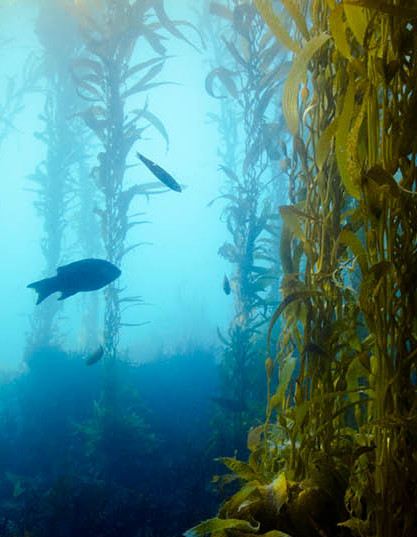Marine heatwaves rise
 Sea surface temperatures in the Tasman are above average as global marine heatwaves become more frequent and prolonged.
Sea surface temperatures in the Tasman are above average as global marine heatwaves become more frequent and prolonged.
New research published in Nature Climate Change found the extreme weather in the Tasman caused unprecedented loss of glacial ice in the New Zealand Southern Alps, impacted wine-grape harvests, disrupted marine ecosystems, allowed the invasion of new species and changed fisheries seasons.
Longer and harsher marine heatwaves are a sign of the new ecological order, says CSIRO research scientist Alistair Hobday.
“Marine heatwaves provide a window into what our oceans will look like in the future, which is why it’s important to keep track of them,” Dr Hobday has told the Guardian.
Tasmanian kelp is already feeling it, according to marine ecologist Cayne Layton from the University of Tasmania.
“That [kelp loss] was a direct effect of the heat, but also due to herbivorous fish following the warm water and moving in to munch on the kelp,” he said.
In recent years, 95 per cent of giant kelp known as Macrocystis pyrifera, have been lost and largely replaced by common kelp, says Dr Layton.
“It’s the equivalent of losing a forest on land and having it replaced by shrubbery,” he says.
“It might still have some diversity, but you’ve undoubtedly lost something important.”








 Print
Print